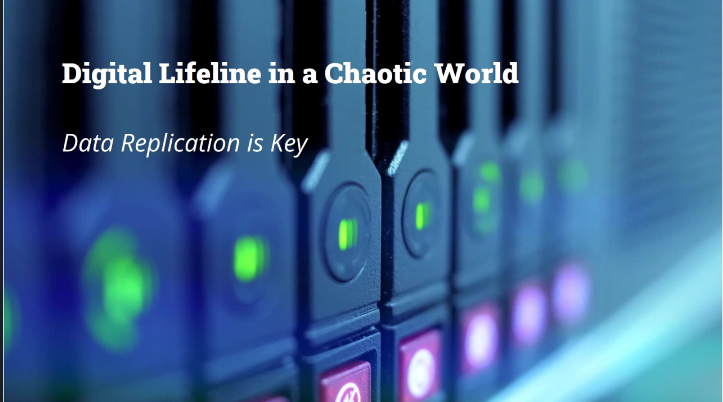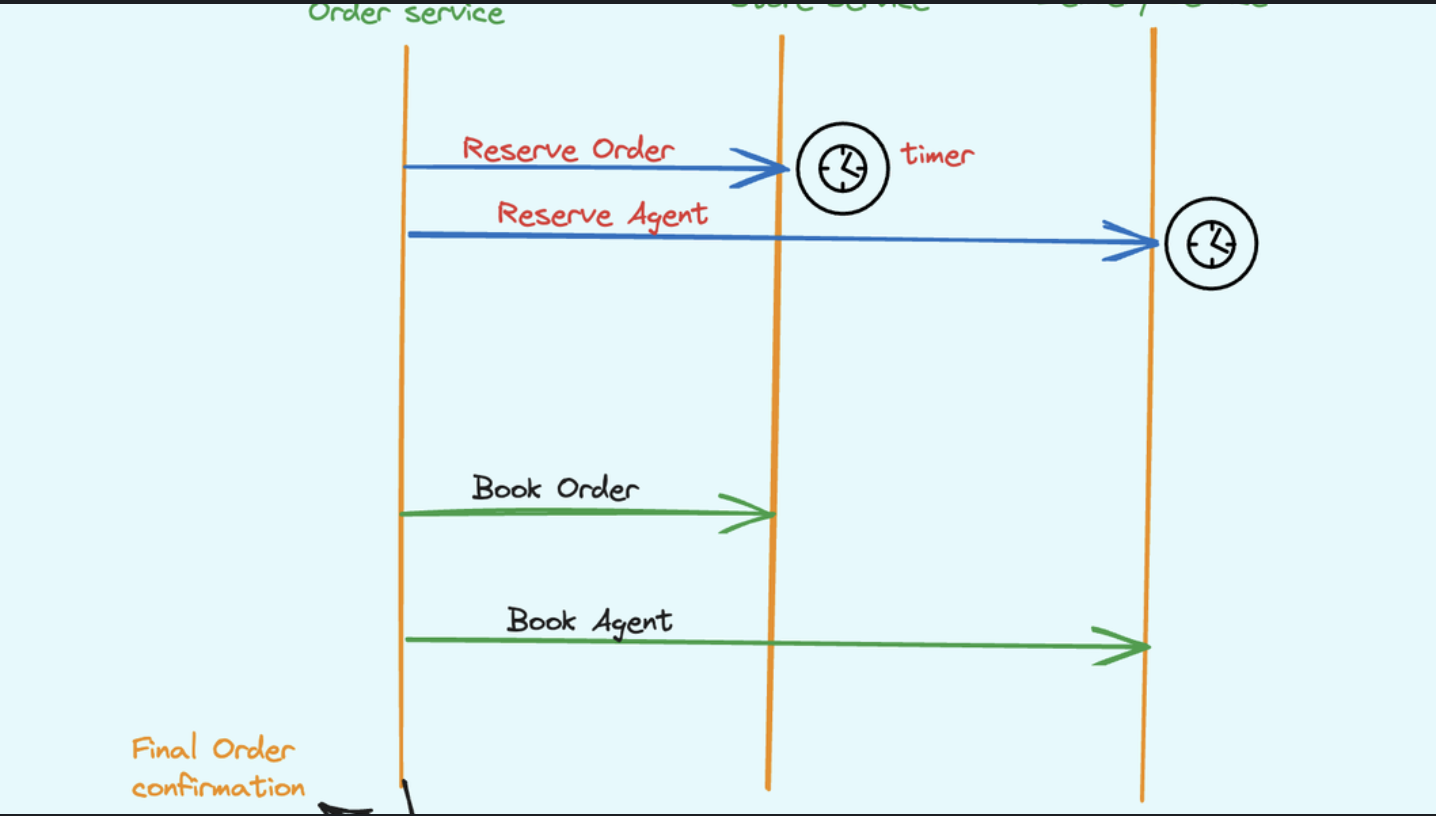Imagine you’re editing a critical document for a client presentation, and suddenly your computer crashes. Panic sets in as you scramble to remember if you saved your work. Data loss can be devastating, especially for businesses that rely on constant access to information. This is where data replication comes in as a knight in shining armor.
What is Data Replication?
Data replication is the practice of creating and storing copies of your data across multiple machines, geographically dispersed locations, or even in the cloud. Think of it as having backups of your backups. In simpler terms, it’s like photocopying important documents and storing them in different places to ensure you always have a copy on hand.
Why is Data Replication Important?
There are two main reasons why data replication is crucial:
-
Reliability: Hardware failures are inevitable. A hard drive crash, power outage, or even a natural disaster can render your primary data storage inaccessible. With replicated data, you can seamlessly switch to a secondary copy, ensuring minimal downtime and uninterrupted operations.
-
Availability: Data replication ensures your information is readily available from various locations. This is especially beneficial for geographically distributed businesses where employees need access to the same data from different offices. Replication also helps balance workloads and improve data access speeds.
Real-world Use Case: E-commerce Giant and Data Replication
Let’s consider a real-world example. Imagine “Retail Rocket,” a giant online retailer with millions of customers. Their website relies on a vast database that stores product information, customer details, and order history. Data loss can cripple their business, leading to lost sales and frustrated customers.
Retail Rocket likely employs data replication. Their product database might be replicated across multiple servers within their data center, with a secondary copy stored in a geographically separate location. This ensures that even if their primary data center experiences an outage, the website remains operational using the replicated data.
Types of Data Replication
There are two main types of data replication, each with its own advantages:
-
Synchronous Replication: In this method, updates to the primary data source are copied to all replicas simultaneously. This ensures all copies are always identical, but it can be slower and require more robust network connections.
-
Asynchronous Replication: Updates are copied to replicas periodically or after a slight delay. This is faster and less resource-intensive, but there’s a chance the replicas might not be entirely up-to-date at any given moment.
Let’s Look into this via Code
Note:- Below example may vary depending on the database or replication tool used, here’s a simplified example of how to set up synchronous replication on a MySQL database:
CREATE SERVER server1 TO '192.168.1.100' /* IP of replica server */
WITH HOST='localhost', USER='repl_user', PASSWORD='strong_password';
CREATE DATABASE replica_db;
USE replica_db;
CREATE REPLICATION SLAVE FOR db_name FROM server1;
START SLAVE;
Above code creates a server connection, defines a replica database, and configures it to replicate changes from the primary database on the local server.
Data Replication: Not a Silver Bullet
While data replication offers significant benefits, it’s important to remember it’s not a foolproof solution. Here are some things to consider:
-
Cost: Maintaining multiple copies of data requires additional storage space and processing power, which can translate to increased costs.
-
Complexity: Setting up and managing data replication can be complex, especially for large-scale deployments.
-
Latency: Depending on the replication method and distance between locations, there might be a slight delay in updates reaching the replicas.
At the End
Data replication is a powerful tool for ensuring data reliability and availability. By understanding its benefits and limitations, businesses can create a robust data protection strategy that safeguards their valuable information. Remember, in today’s data-driven world, replicating your data is like having a safety net – it provides peace of mind and keeps your operations running smoothly even in the face of unexpected challenges.💡



